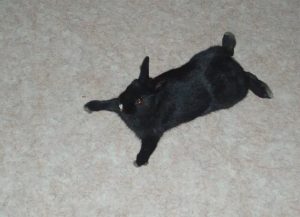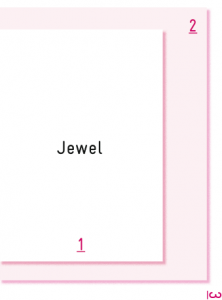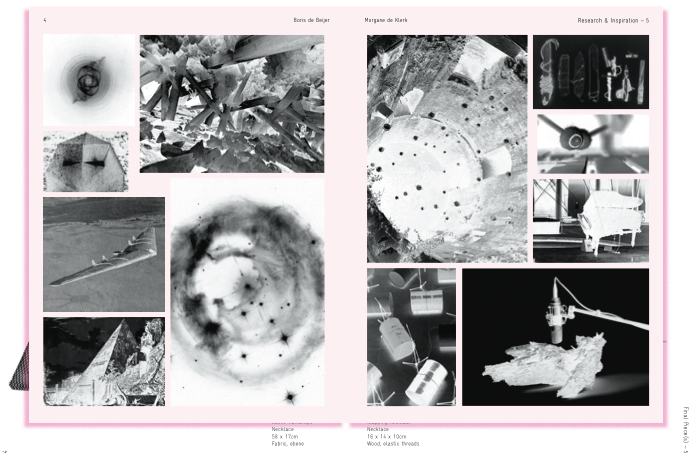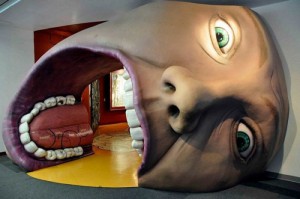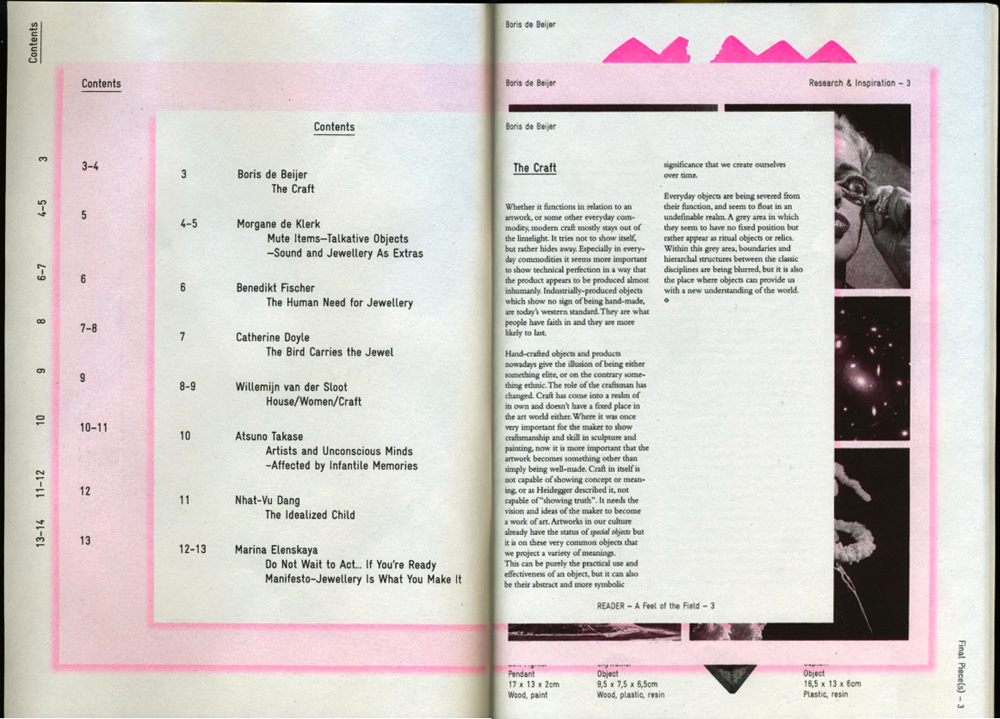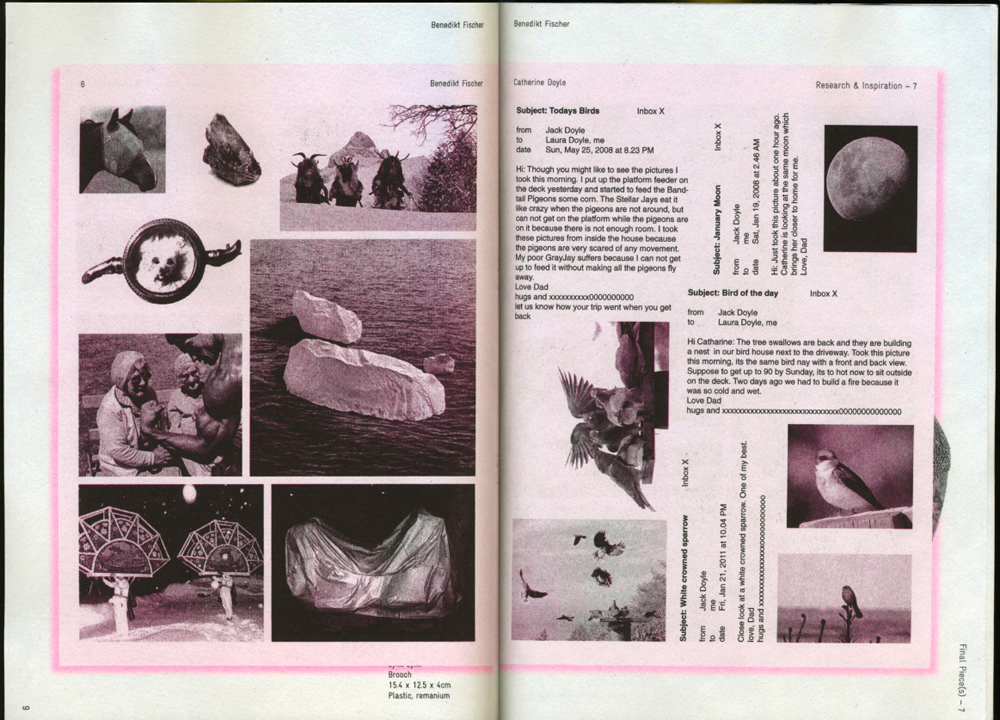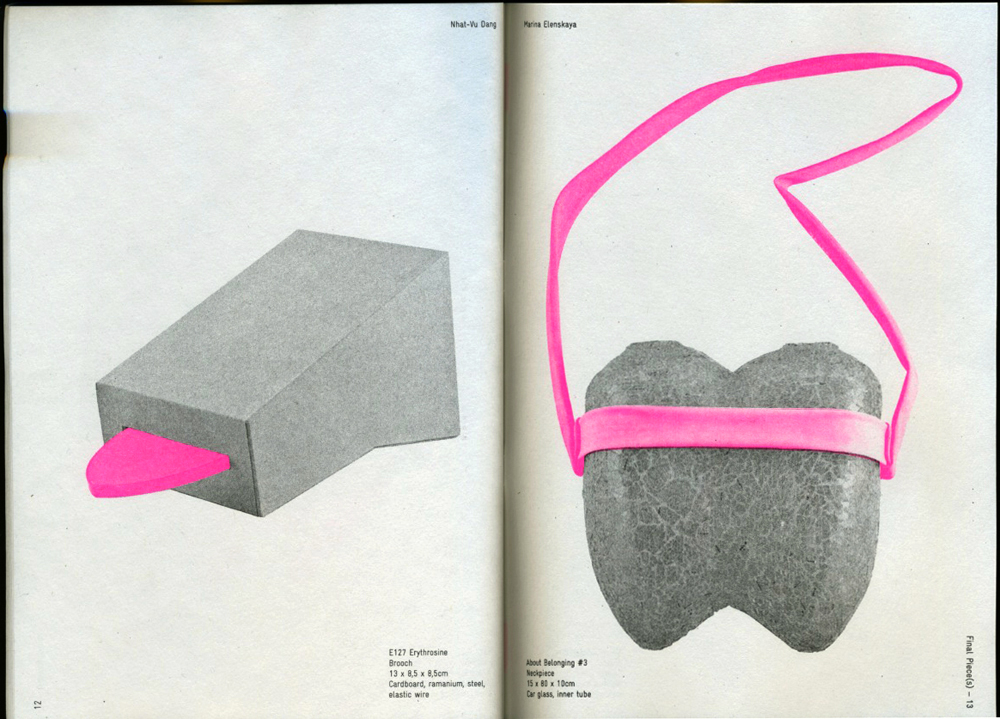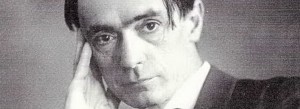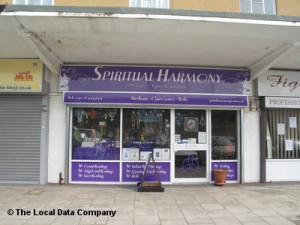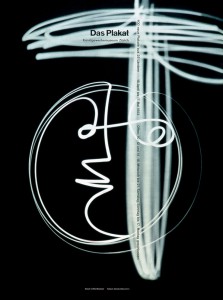The first thing that caught my eye was the title together with the typo; “I HEARD THEY RIPPED IT OFF”. The typo looked like the way I write by hand; With bold letters and a melancholic undertone. The book gave me a homemade impression, and right now I really want to make a book based on what I write and draw in my journal, like one of those books that more look like a public notebook( Had bookbinding workshop for the first time the same morning). The aesthetics of the book worked as inspiration for me, which was one of the reasons I chose it. Generally I like books that look like weird notebooks you have stumbled across somehow. When I go thrift shopping I always look for old journals, like peeking into lives of strangers I probably never will meet.
The title had my kind of humor, for me humor is key; Seeing something which applies to your own sense of humour is kind of like seeing something written in your own language when you are traveling. Furthermore the title intrigued me and I wanted to know more about the title and the person who came up with that quote. I don’t like when things are too obvious, I want to feel as if I have stumbled across something secret.
The cover was very minimalist with only a stripe of black “spray paint, a bit mysterious in a way, and very graphic ( Black and white). I like when things are a bit mysterious yet graphic at the same time, I suppose you can see that in the artworks i make. The book was small and simple and the pages “raw” in a way, again working as an inspiration for my eventual future book. I always prefer books that are small and simple, too big and too fancy books takes up too much space and attention. Also that day I had a small bag which might have affected my choice of a small book in order to fit. When I peered through the pages there where different small texts written in straggly handwriting together with a few drawings, which gave me the impression of looking into someone’s journal. Exactly the inspiration I’m currently looking for. I wanted to know more of the content, it felt very personal and humorist yet serious in a way.
